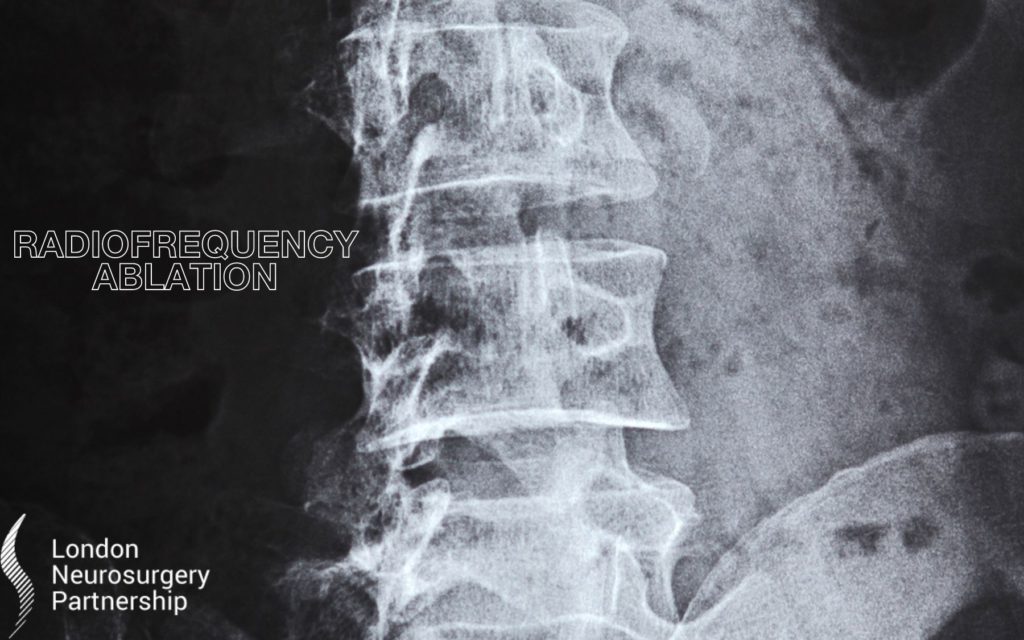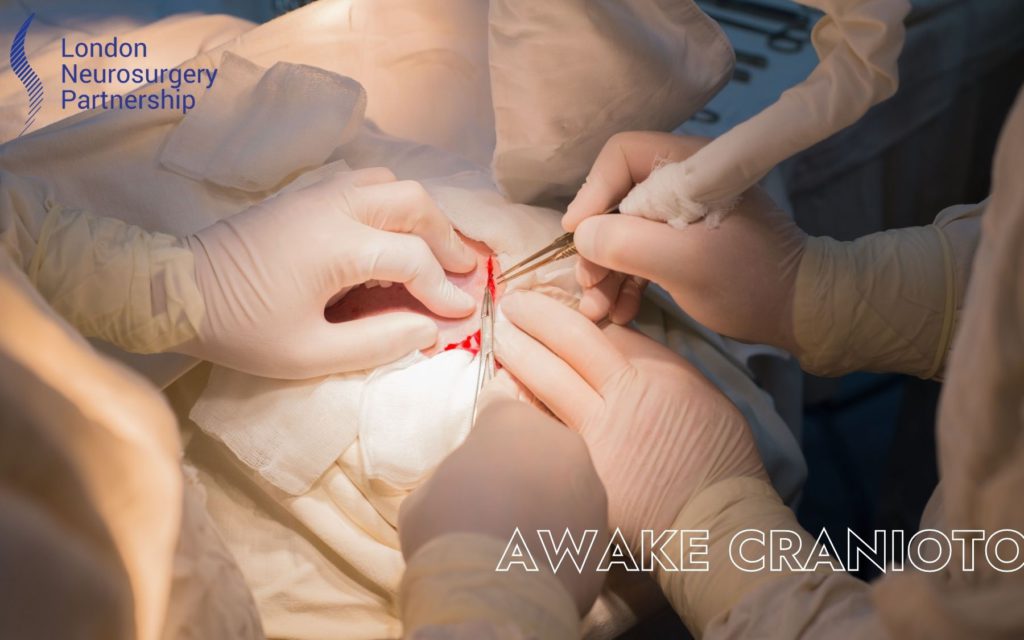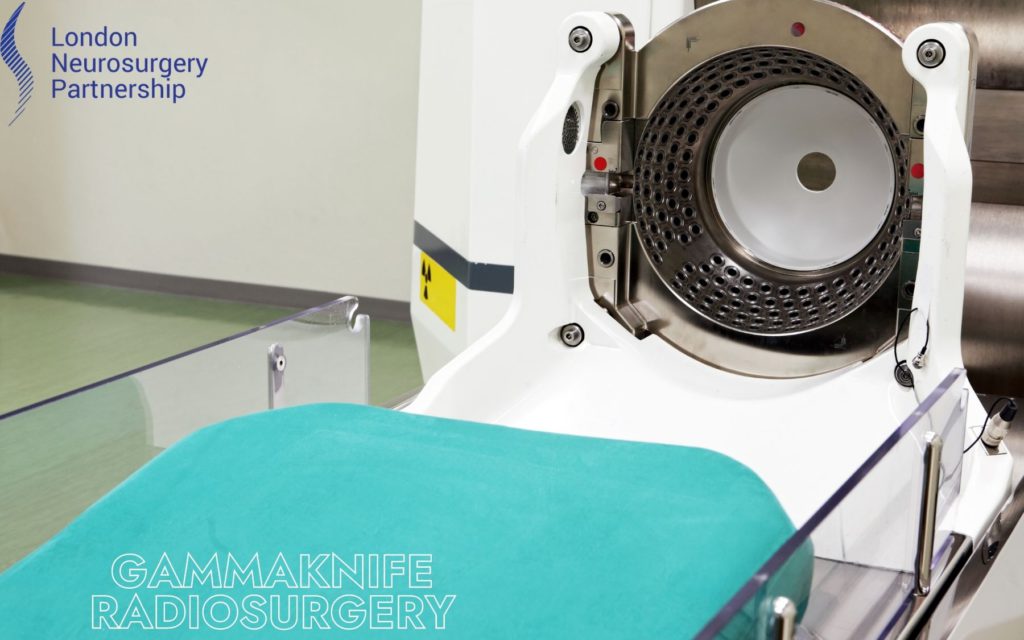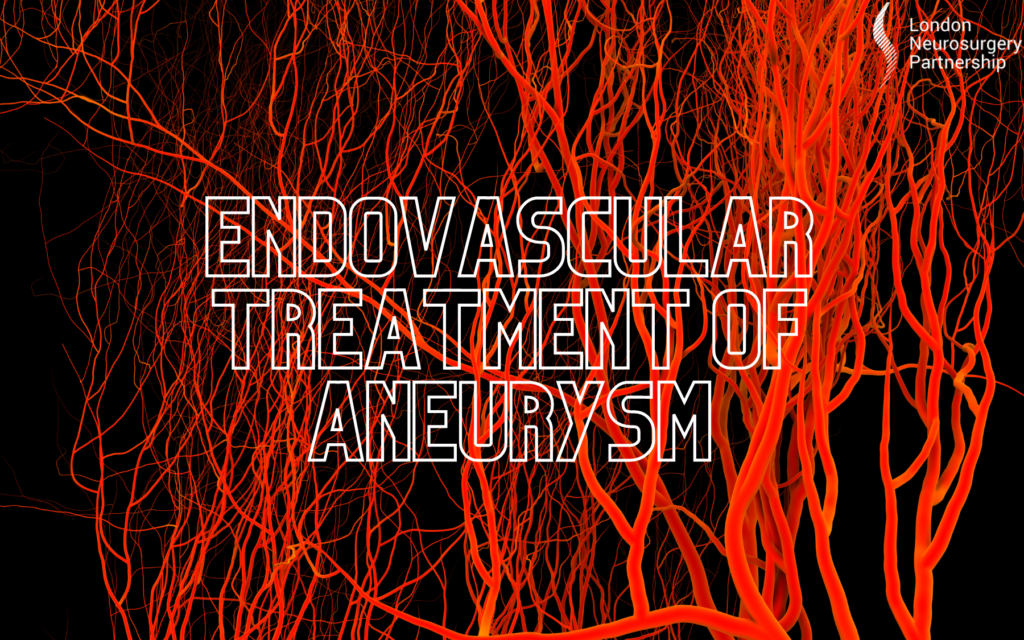
Radiofrequency ablation is a minimally invasive procedure performed to reduce pain. An x-ray guided electrical current is used to produce heat to burn areas of nerve tissue that sends pain signals to the brain, ultimately reducing pain.
This type of treatment is usually performed on patients suffering from chronic pain in their spine and other parts of the body. It can help relieve the pain of arthritis and neck, pelvic, back and peripheral nerve pain.
Is it safe?
Radiofrequency ablation is a safe procedure and has minimal risks. It is an effective and for some, a life changing procedure that has few complications and the benefits far outweigh the risks. Here are some of the possible risks:
- Infection
- Numbness
- Neuritis
- Bleeding
- Neuroma
Your consultant will discuss the risks with you in detail before the procedure and will inform you of all the risks, complications and benefits of radiofrequency ablation.
Preparing for the procedure
Your consultant will give you a guide on how to prepare of the procedure. Here are a few tips:
- You must be very clear with your doctor what medication you are on as some can cause complications and anaesthetic effectiveness during the procedure. You will be directed on which medications you will need to adjust for the procedure.
- Do not eat six hours before the procedure. Drinking water is fine.
- Bring comfy clothes and someone with you to help you home after the procedure. You should not drive for at least 24 hours after the procedure.
What happens during radiofrequency ablation?
Your doctor will once again go through the procedure with you beforehand and ask you to sign consent forms
You will be taken to theatres and local anaesthetic will be applied to numb the area where you are experiencing pain. A low dose of sedative may be used but you will be awake during the procedure but you will not feel any pain.
During the procedure a thin needle is guided by x-ray towards the area of pain. A microelectrode is passed through the needle towards the targeted nerve tissue. The microelectrode will burn off the nerve tissue that transmits the pain and destroys the signal. The procedure can take up to 45 minutes or longer if there are more areas of pain to cover.
After the procedure you will be taken to a ward to recover. Some observations may take place and you will be able to walk after the anaesthetic has worn off. You will be able to go home the same day, but you must not drive. A follow-up consultation will be made for you to review the procedure and your symptoms.

How long does the pain relief last?
The pain relief can be different for each person because it depends on the location and how bad the pain is. Usually it will last from 9 months onwards, sometimes it can be years. It is effective in 70% of people and the treatment can be repeated is need be.
This article is intended to inform and give insight but not treat, diagnose or replace the advice of a doctor. Always seek medical advice with any questions regarding a medical condition





1 Comment
A WordPress Commenter
Hi, this is a comment.
To get started with moderating, editing, and deleting comments, please visit the Comments screen in the dashboard.
Commenter avatars come from Gravatar.